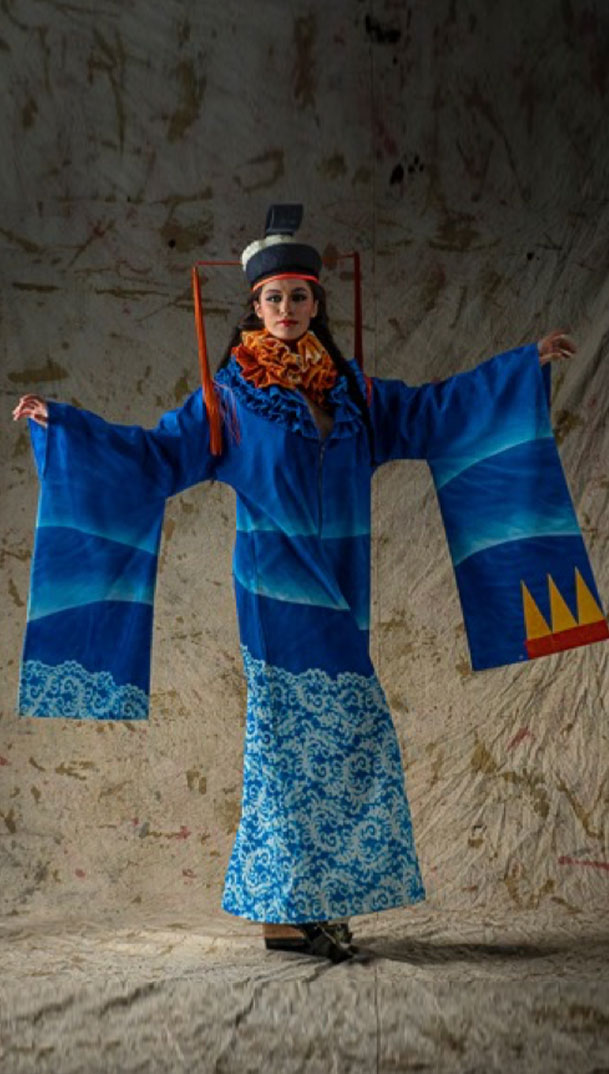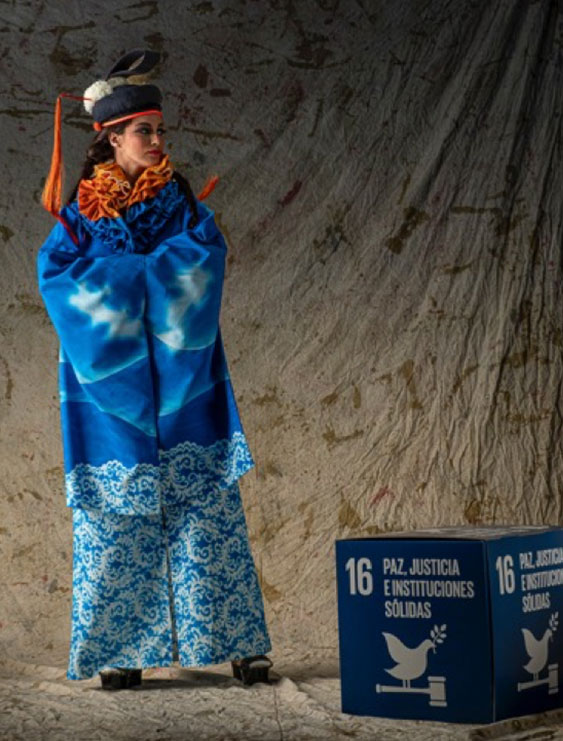FASHION ARTSPORT
TERUHIRO
ANDO

THE WORK
Kagawa, Japan 1962. He lives in Spain since 1992.
Graduated in Fine Arts in 1984 from the University of Tama, Tokyo, he continued his training at the Academy of Art in Ljubljana and at the University of Edinburgh. He is a corresponding member of the Royal Academy of Fine Arts and Historical Sciences of Toledo.
Teruhiro Ando’s work has been awarded important Spanish and foreign prizes, among which we highlight the awards for Best Exhibition at the Edinburgh Festival 1992; International Painting of Alcazar de San Juan 2002 and 2010; BMW of Painting in 2008; of the International Exhibition of Valdepeñas in 2012; Focus-Abengoa of Seville in 2013; Salón de Otoño of Madrid 2014; Manuel Ángeles Ortiz of the University of Jaen 2018 and Finalist of the Reina Sofia Painting Prize 2020.
His work is part of collections such as the National Museum of Modern Art of Ljuibliana, the National Library of Madrid, the Centro de Arte Tomás y Valiente of Madrid, the Municipal Museum of Valdepeñas and Museum of Contemporary Art Infanta Elena of Tomelloso, the collections of the UNED, BMW, Focus, Wellington Foundations among others.
The Costume
The costume is painted in memory of the first contact between Spain and Japan in 1614, the Keicho expedition.
Coria del Rio is a small town in Seville in which about 600 inhabitants are surnamed Japan.
In the 17th century the Daimyō Date Masamune sent a diplomatic mission to Spain to create trade agreements with Philip III.
In command of the mission was the Samurai Hasekura Tsunenaga, who left Sendai in October 1613. After passing through New Spain, the expedition arrived in Coria del Rio and a large part of the Japanese remained there during the negotiations. Three years later, the parties did not reach an agreement and the Japanese mission made its way back, but some of its members decided to stay in Coria del Rio where they had descendants. The surname Japón replaced the father’s name, which was too difficult to pronounce and write.
The costume contains parts of Spanish inspiration such as lace and ruffles, and some elements taken from the kimonos worn by the samurai who came to Spain. The base of the costume is a background of blue waves in allusion to the crossing of the Atlantic Ocean. On the back there are clouds that provide aerial perspective as in some Japanese paintings of the XVII century. The left sleeve has painted details in yellow and orange that are recognizable as part of the costume of the Samurai Hasekura.
TITLE
Untitled
TECHNIQUE
Dyes by immersion and water spray.
INSPIRATION
In memory of the first contact between Spain and Japan in 1614, the Keicho expedition.
LINKS



CONTINENTES
- AMÉRICA DEL SUR
- ASIA
- ÁFRICA
- EUROPA
- AMÉRICA DEL NORTE
- OCEANÍA
